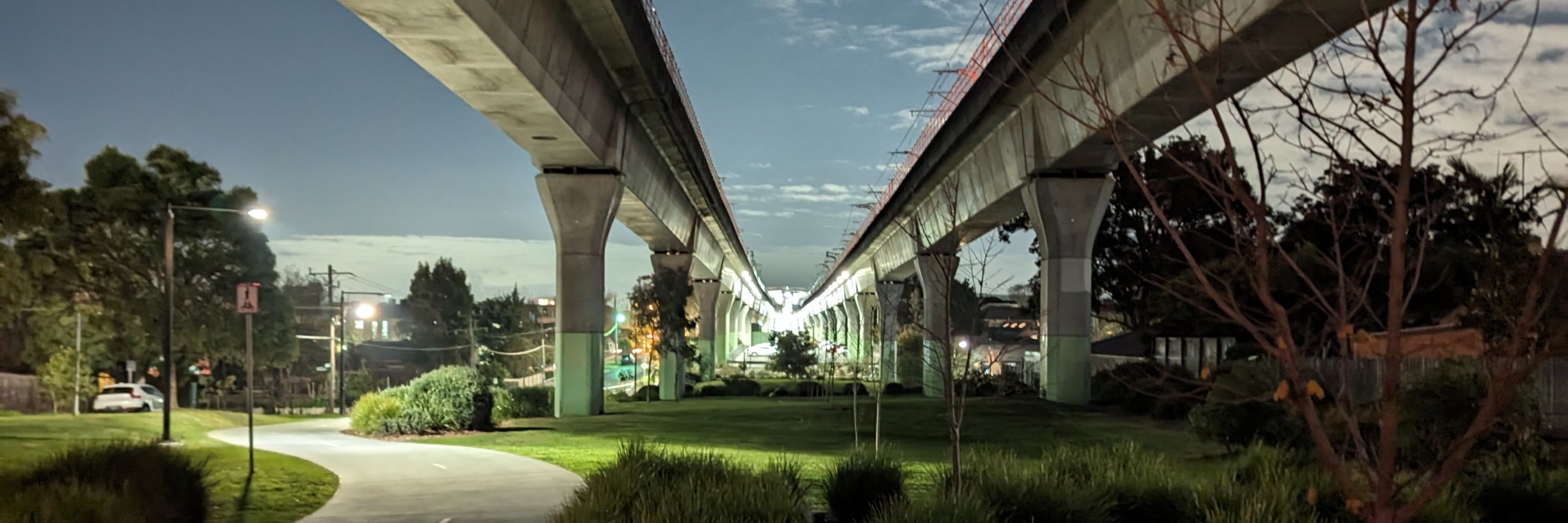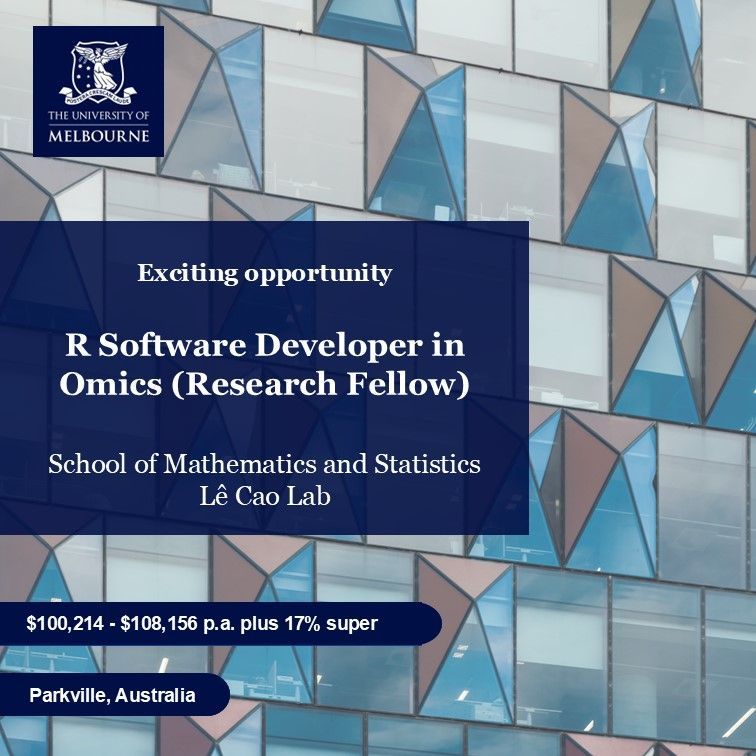
I also use mastodon: @[email protected]
https://mastodon.online/@pfh
My homepage is:
https://logarithmic.net/pfh/
On Twitter I was: @paulfharrison



- Assign each point a radius from the distance to its kth nearest neighbor.
- The density is the sum of a set of Gaussian splats with those radii.
- Assign each point a radius from the distance to its kth nearest neighbor.
- The density is the sum of a set of Gaussian splats with those radii.
yunuuuu.github.io/ggalign/ind...
I always use complexheatmap, but this seems to be a good alternative if you want to stay within the ggplot

yunuuuu.github.io/ggalign/ind...
I always use complexheatmap, but this seems to be a good alternative if you want to stay within the ggplot
www.elsevierhealth.com.au/essential-co...

www.elsevierhealth.com.au/essential-co...
I've finally updated my wind instrument design program to Python 3. It only took me 10 years to get around to. I was pleased to find there is now a fairly solid python library for 3D boolean operations (manifold3d).
github.com/pfh/demakein

I've finally updated my wind instrument design program to Python 3. It only took me 10 years to get around to. I was pleased to find there is now a fairly solid python library for 3D boolean operations (manifold3d).
github.com/pfh/demakein
Move & resize the ranges to see how that affects bedtools operations like merge and intersect in real time!
Move & resize the ranges to see how that affects bedtools operations like merge and intersect in real time!
👉More info/apply: macsys.org/monash-phd-s...

👉More info/apply: macsys.org/monash-phd-s...
Love #RStats, #Bioconductor & multi-omics? Help expand mixOmics, run workshops & publish cutting-edge methods.
Apply: unimelb.wd105.myworkdayjobs.com/en-US/UoM_Ex...

Love #RStats, #Bioconductor & multi-omics? Help expand mixOmics, run workshops & publish cutting-edge methods.
Apply: unimelb.wd105.myworkdayjobs.com/en-US/UoM_Ex...
You’d join a welcoming, supportive, and brilliant team.
Why not spend a few years in Melbourne and be part of something exciting?
Apply here: www.seek.com.au/job/84737876
#ScienceCareers #PostDoc #Bioinformatics

You’d join a welcoming, supportive, and brilliant team.
Why not spend a few years in Melbourne and be part of something exciting?
Apply here: www.seek.com.au/job/84737876
#ScienceCareers #PostDoc #Bioinformatics
Did they not understand the concept of compositional data? How is it possible to publish methods with this premise?
Did they not understand the concept of compositional data? How is it possible to publish methods with this premise?
You apply treatment X to one group of subjects and treatment
Y to another group.
You have samples from before and after the treatment.
You apply treatment X to one group of subjects and treatment
Y to another group.
You have samples from before and after the treatment.
1/ If you've done bioinformatics, you've likely used PCA. But did you know Singular Value Decomposition (SVD) is at its core? Let’s break it down. 👇

1/ If you've done bioinformatics, you've likely used PCA. But did you know Singular Value Decomposition (SVD) is at its core? Let’s break it down. 👇
diffusion.csail.mit.edu

diffusion.csail.mit.edu
www.monash.edu/learning-tea...
www.monash.edu/learning-tea...
First, optimization from a random initial state using gradient descent with momentum, using the SGD optimizer in PyTorch.
First, optimization from a random initial state using gradient descent with momentum, using the SGD optimizer in PyTorch.
Similar to "with" in Python, you can guarantee to properly clean up when using a resource such as a connection to a file, a temporary directory, or a temporary global setting change.
withr.r-lib.org

Similar to "with" in Python, you can guarantee to properly clean up when using a resource such as a connection to a file, a temporary directory, or a temporary global setting change.
withr.r-lib.org
1/ Ever had a Bash script fail silently, leading to hours of debugging?
Bash doesn't fail by default—it keeps running even after errors. Here's how to fix it with strict mode. 👇

1/ Ever had a Bash script fail silently, leading to hours of debugging?
Bash doesn't fail by default—it keeps running even after errors. Here's how to fix it with strict mode. 👇


